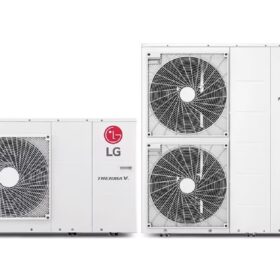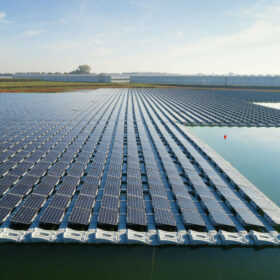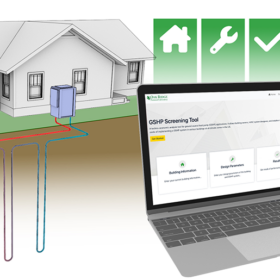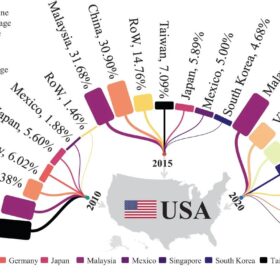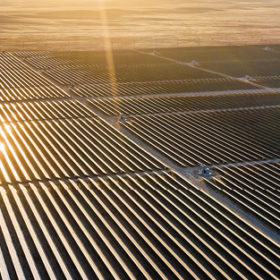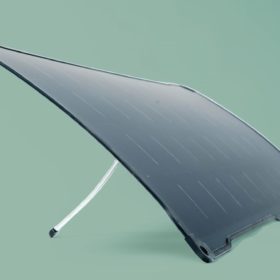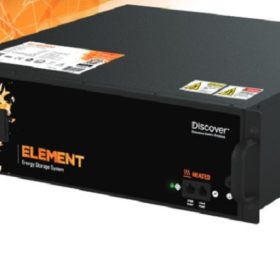LG reveals plans for U.S. heat pump factory
LG Electronics North America has revealed plans to manufacture 100% electric heat pumps in the United States for the first time.
Temperature estimates for floating PV modules
Scientists from the United States and Brazil have developed four different ways to estimate the temperature of floating PV modules. They validated the models with temperature measurements from a floating solar plant in Brazil.
New tool to estimate efficiency, savings of ground-source heat pumps
Researchers from Oak Ridge National Laboratory have developed a free, web-based application that calculates the savings and energy efficiency of residential ground-source heat pumps compared to gas heating.
Global study highlights potential of floating solar
An international group of researchers has calculated the potential for floating solar across the world. The results show a generation potential of 9,434 TWh per year across 114,555 global reservoirs, with 30% of their area covered. The United States leads with 1,911 TWh per year of potential, followed by China at 1,107 TWh per year and Brazil at 865 TWh per year.
Made-in-the-USA solar panels could cut emissions by 30%, says study
Reshoring crystalline silicon PV panel manufacturing to the United States by 2035 could cut greenhouse gas emissions by 30% and energy consumption by 13% from 2020 levels, according to scientists from Cornell University.
Raptor Maps points to growing problem of PV system underperformance
Raptor Maps analyzed 24.5 GW of large-scale solar assets and determined that power losses due to equipment anomalies nearly doubled from 1.61% in 2019 to 3.13% in 2022. At the module level, cell and diode anomalies were the most common issues, it said.
Impact of single-axis agrivoltaics systems on non-irrigated grassland
U.S. researchers are studying how agrivoltaic systems mounted on single-axis trackers affect rainfall and light redistribution at a 1.2 MW installation on grassland in Colorado.
Canadian manufacturer releases carbon-fiber solar panel for boats
Lightleaf’s new 110 W PV module features monocrystalline solar cells from SunPower Maxeon, with 25.1% efficiency. It has a rigid carbon-fiber foam foundation instead of glass, and weighs just 2.5 kg.
New lithium iron phosphate battery for residential, off-grid PV
Discovery Battery’s new lithium iron phosphate battery system has a nominal voltage of 51.2 V and a capacity of 100 Ah. Up to six 5.12 kWh battery modules can be stacked in a single enclosure, and up to four enclosures can be connected in parallel for a total capacity of 120 kWh.
Startup unveils saltwater flow battery for large-scale storage
U.S.-based Salgenx has developed a scalable redox flow battery with two separate tanks of electrolytes, one of which is saltwater. Unlike other flow batteries, the new device is membrane-free, promising big gains at the levelized cost of storage level.
